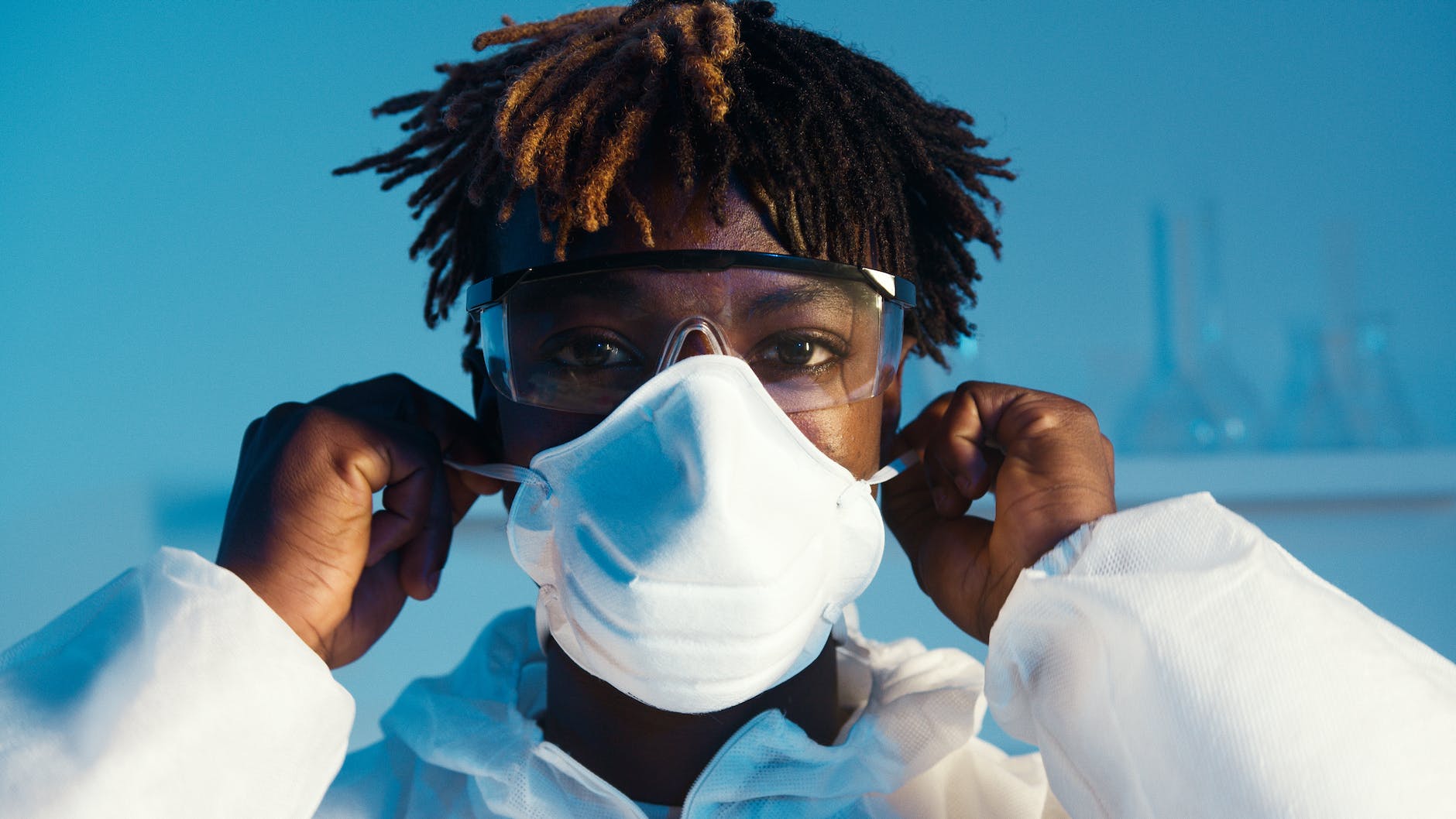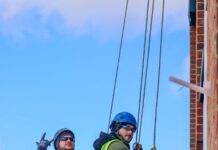
Eye and Face Protection: Personal Protective Equipment
In today’s fast-paced world, where safety is paramount, the significance of personal protective equipment (PPE) cannot be stressed enough. Among the various forms of PPE, eye and face protection hold a crucial place. These components safeguard the delicate and sensitive areas of the eyes and face from potential hazards, thus ensuring the well-being of workers in a wide range of industries.
Understanding Eye and Face Protection
The Importance of Eye and Face Protection
Eye and Face Protection : In any work environment that involves the risk of airborne debris, chemicals, or other hazardous materials, eye and face protection is essential. Accidents can happen unexpectedly, and without proper protection, individuals are susceptible to injuries that could have lasting consequences.
Types of Hazards Addressed
Eye and face protection serve as a barrier against a multitude of hazards, including flying particles, chemical splashes, intense light, and even infectious materials. Industries such as construction, manufacturing, healthcare, and laboratories greatly benefit from the implementation of effective eye and face protection measures.
Choosing the Right Eye and Face Protection
Assessing Potential Hazards
Before selecting the appropriate eye and face protection gear, a comprehensive assessment of the workplace’s potential hazards must be conducted. This evaluation guides employers and workers in identifying the specific risks they face, ensuring that the chosen PPE is tailored to their needs.
Types of Eye and Face Protection
- Safety Glasses: These are designed to shield the eyes from flying debris and particles. They are a common choice for industries where dust and fragments are prevalent.
- Goggles: Goggles provide a more comprehensive form of protection, sealing around the eyes to prevent particles and chemicals from entering. They are commonly used in chemistry labs and industrial settings.
- Face Shields: Face shields cover a larger portion of the face and protect against splashes, sparks, and potentially infectious materials. They are often used in healthcare settings.
Proper Usage and Maintenance
Ensuring Proper Fit
Ill-fitting eye and face protection can negate its effectiveness. It’s crucial to ensure that the gear fits snugly and comfortably to provide the intended protection. This often involves adjustable straps and cushioning for prolonged wear.
Regular Inspection and Maintenance
Regular checks for scratches, cracks, or any form of damage are necessary to maintain the integrity of the protection gear. Damaged PPE should be replaced immediately to avoid compromising safety.
Promoting a Culture of Safety
Training and Education
Proper usage of eye and face protection requires training. Employers should educate their workers about when and how to wear PPE correctly. This knowledge empowers individuals to make informed decisions regarding their safety.
Leading by Example
Supervisors and managers should set an example by consistently wearing their eye and face protection. This fosters a culture of safety, emphasizing that everyone, regardless of their role, is accountable for their well-being.
Conclusion
Eye and face protection play an integral role in preserving the safety and health of workers across diverse industries. As we continue to navigate an evolving work landscape, investing in quality PPE is an investment in human capital. By prioritizing eye and face protection, employers demonstrate their commitment to the welfare of their workforce.
Head Protection: Personal Protective Equipment
Safety Hand Gloves: Personal Protective Equipment
Safety Goggles: Personal Protective Equipment
Safety Shoes OR Safety Boots: Personnel Protective Equipment
Industrial Safety Helmet OR Hard Hat: Personnel Protective Equipment
FAQs: Eye and Face Protection
- What industries require eye and face protection? Industries such as construction, manufacturing, healthcare, and laboratories require eye and face protection due to the potential hazards they face.
- Can safety glasses be worn over prescription eyeglasses? Yes, safety glasses can often be worn over prescription eyeglasses, but it’s important to ensure a comfortable fit and proper sealing.
- Are face shields a suitable replacement for safety goggles? While face shields offer additional protection, they are not always a replacement for safety goggles, especially in situations with high-velocity impact risks.
- How often should eye and face protection be inspected? Eye and face protection should be inspected before each use and regularly thereafter. Any signs of damage should result in immediate replacement.
- Where can I find quality eye and face protection gear? Quality eye and face protection gear can be found in hardware stores, industrial supply shops, and online retailers specializing in safety equipment.





















